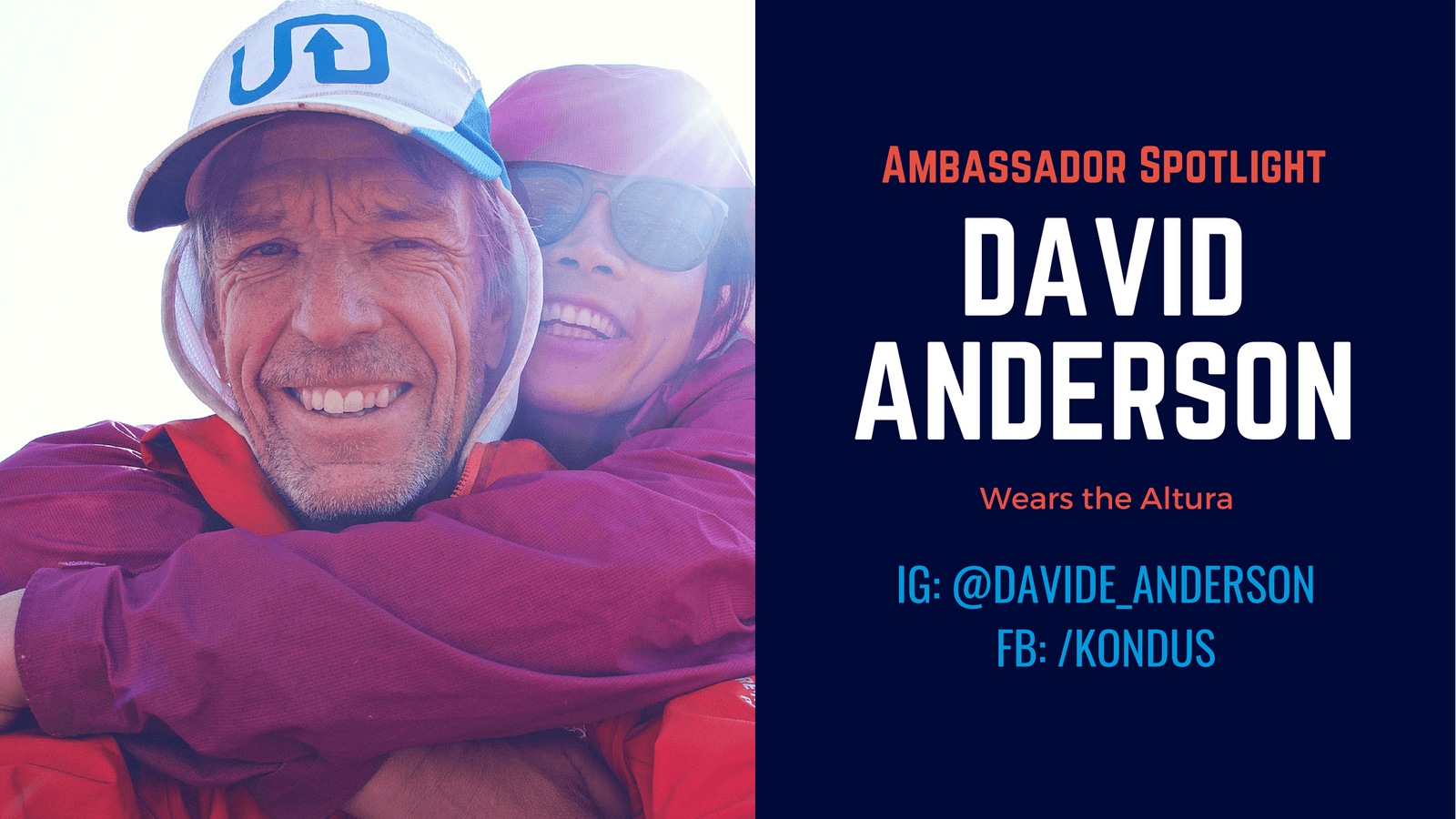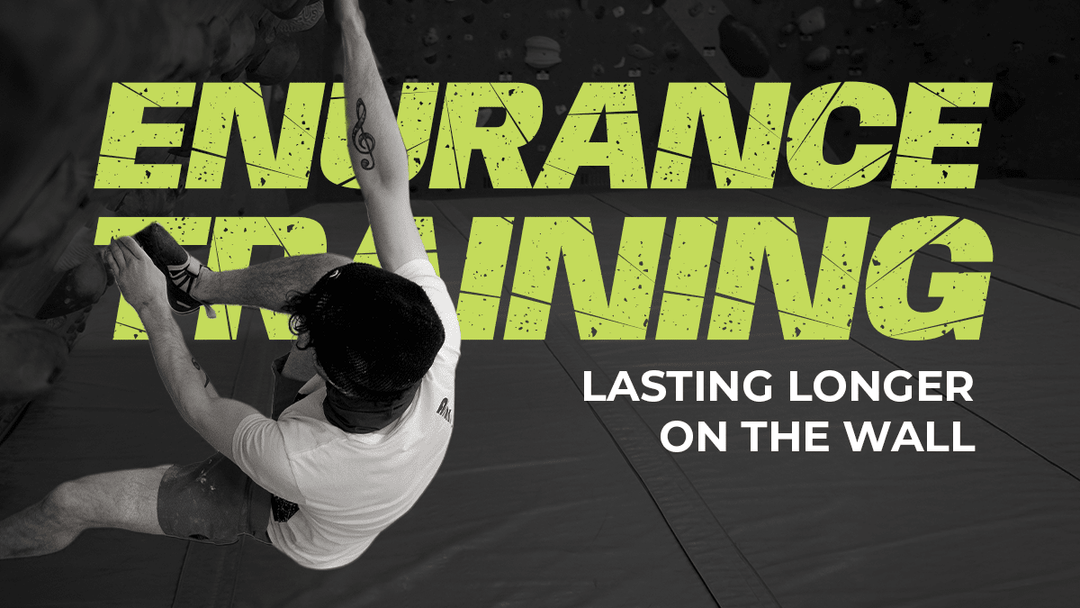Ambassador Spotlight | David Anderson

Hometown: Woodinville, WA (or where ever our van, Magic, is parked)
Q: What’s your climbing style?
A: Alpine Rock First Ascents, Trad, Sport, Indoor Bouldering, Ice, Mixed, Aid
Q: What is your proudest accomplishment in climbing and outside of climbing?
A: In 2015, my wife Szu-ting Yi and I climbed a new alpine rock route, Secret Moon Cake, on Eagle Peak East (5.10 R, 17,388ft) in Western China. The route took all our combined skills to access and climb the peak in challenging weather conditions.
Q: What advice would you give to your first-year climbing self?
A: Bouldering is the cornerstone for improvement in all types of climbing
Q: Who do you take advice from and why?
A: My wife, Szu-Ting Yi, no explanation needed 🙂
Q: How has your training for climbing changed in the last year?
A: More finger-board and indoor bouldering sessions
Q: How has climbing affected the people you surround yourself with?
A: Climbing has been my lifelong vocation, personal pursuit and connected me with my life partner. With its mental and physical challenges, climbing quickly reveals who we are as people. You can’t fake climbing. It cuts through the “BS” people sometimes surround themselves with. As a result, climbing has made me appreciate thoughtful, honest, direct, and kind people under any circumstance.
Q: What have you done to give back to the climbing community?
A: I have been an outdoor educator and climbing instructor for 30 years. I have been fortunate to impart my knowledge of climbing movement and technical systems to thousands of new climbers. However, teaching people about protecting the climbing resource/environment and seeing how people gain confidence and pride in themselves through climbing has been the biggest reward.
Q: What have you learned from failure?
A: Failure is a temporary experience in achieving my goals.
Q: Who are the climbers that inspire you the most, and why?
A: Having climbed for over 35 years, there have been many, many climbers that have and continue to inspire me today. In 1999, I was fortunate to hang out with the German climbing legend Kurt Albert in Patagonia. Kurt was the first person to develop a red-point climbing style. He went on to establish hard alpine rock routes in remote ranges worldwide. He was a visionary regarding what the human body could accomplish and had the mental determination to achieve any goal he set.
Q: What is your favorite climbing location, and why?
A: Wind River Range of Wyoming. I lived in Wyoming for 12 years and enjoyed the high-quality granite, solitude, and unlimited new route potential.
Q: Why Butora Climbing?
A: Innovative product design, environmentally friendly materials, wide-width options for my hobbit-like feet, and a company run by great people.
Q: What are your favorite before and after climbing meals?
A: Coffee (it’s a meal, right? 🙂 and dark chocolate. I am currently eating a low-carb, high-protein/fat diet and participating in intermittent fasting. I have been fortunate to be born with a high metabolism, but at 53 years young, maintaining a healthy climbing weight is an important element in my climbing training program.
Q: What is your spirit animal?
A: Raccoon
Questions from the Internet
These are questions our visitors have asked.

Q: What tips would you give new outdoor climbers about crag etiquette?
A: Climbing/Bouldering gyms can be crowded and noisy, and users rarely have to think about the indoor “environment” as the gym has rules for safety and behavior. Outside climbing can have a much more diverse group of users in terms of skill level, experience, behaviors, and values. While few mean-spirited people are in the world, I believe most folks (especially climbers) are good-hearted. That being said, I think most problems at the crag stem from people not even realizing their behavior bothers other users. If you are a dog person or love to listen to music while you climb, it might not cross your might that some people are very fearful of dogs or are distracted by the music of any kind. The key is anticipating the impact of your actions and openly communicating with the climbers you are sharing the rock with. In addition, mentoring new climbers on the reasons behind LNT is a responsibility that all climbers have in protecting our climbing resources
Q: What tips would you give to someone stuck on their project? How do you stay motivated when you are stuck?
A: there is value in taking a break from your project and trying something else. Early in my climbing career, I spent much time projecting Killer 12. c, a long power endurance climb in Sinks Canyon, WY. I could easily do all the moves but couldn’t link them together. I was convinced I needed more endurance, so I did many unsuccessful burns on the route. Eventually, I took a break and worked another route at the cliff, Addiction. Addiction was also 12. c, but a much shorter, more bouldery route. After spending some red-pointing Addiction, I got back on Killer and sent it the first go. It turns out I needed more power/endurance.
Q: How have you overcome the fear of climbing (fear of falling, failure, etc.)?
A: First, I determine if the fear is because something is physically dangerous. Once I know a fall is safe, it is just a matter of letting go of my personal or other people's expectations and focusing completely on the climb's individual moves, putting weight on the foothold, tensioning my core, committing to the lunge, etc.





